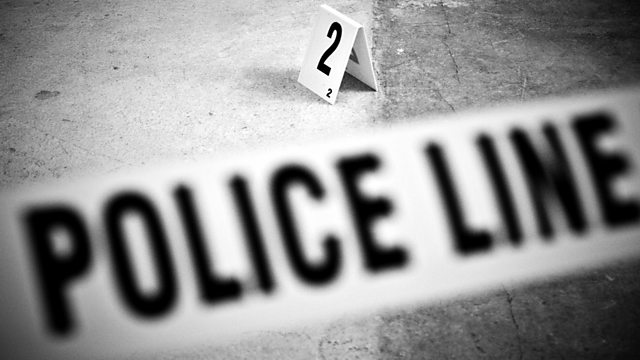
Forensic Pathologists
Two forensic pathologists highlight the scientific advances in evidence gathering at the crime scene and autopsy, from DNA to blood splatter.
In this new series of The Generation Gap, two people from different generations discuss how our approach to dealing with crime has changed. The two people are linked in some way - either they both do the same job in different eras, or they are two generations of the same family working in the same profession. The series sheds light on changes of society over the last 30 - 50 years.
Over the course of the week we follow changes in the process of criminal investigation and punishment from the crime scene to prison. We hear how forensic pathologists unpick the evidence at the crime scene and autopsy room, how a suspect is dealt with at the police station, how support for victims has changed, the differences in the role of magistrates as well as how criminals are treated in prison.
Two forensic pathologists highlight the scientific advances in evidence gathering at the crime scene and autopsy from DNA to the study of blood splatter. Pathologist Basil Purdue started work in the field 30 years ago and compares notes with Stuart Hamilton who has recently joined the elite band of less than 40 成人快手 Office forensic pathologists called out to suspicious deaths throughout the country. How has their role at the crime scene changed? And how much better is forensic science now in providing evidence for a case or ruling out murder or manslaughter?
Reporter: Sara Parker
Producer: Laura Parfitt
A Juniper production for 成人快手 Radio 4.
Last on
More episodes
Previous
You are at the first episode
Broadcast
- Mon 28 Feb 2011 15:45成人快手 Radio 4
